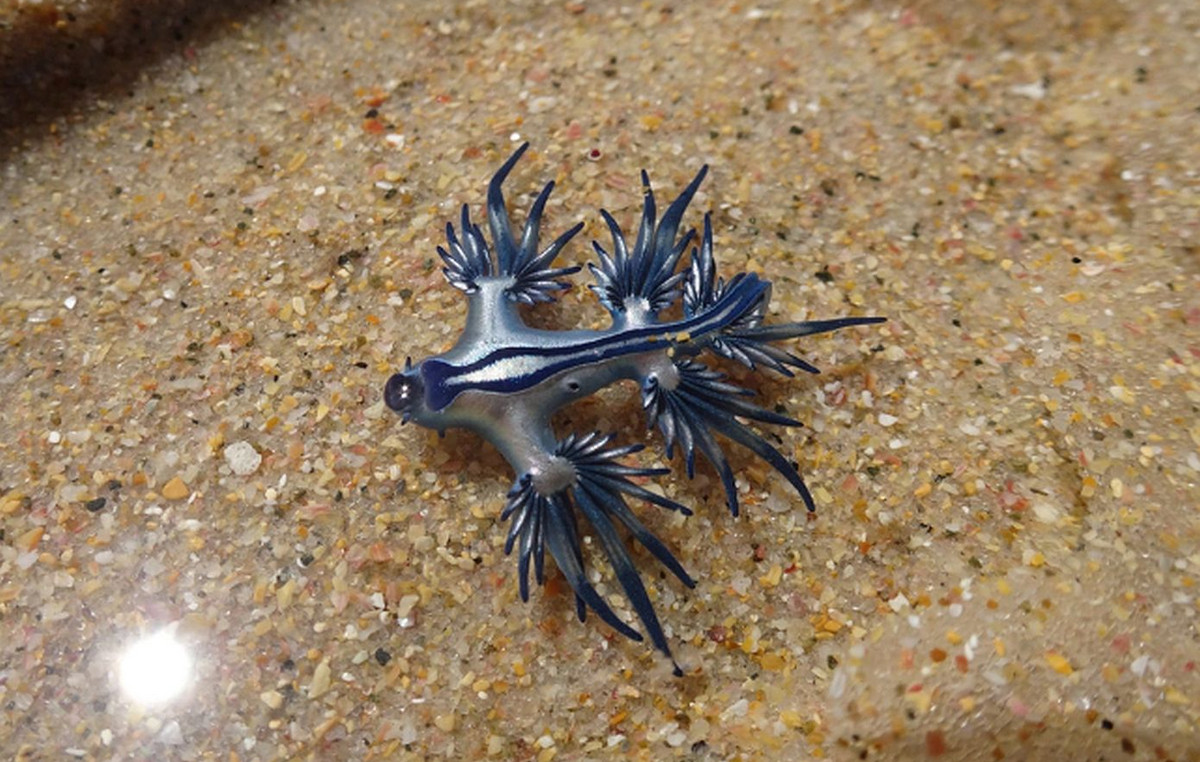Archaeologists identified the cannibalized remains of a senior officer who perished during a 19th century arctic expedition offering new evidence about the tragic and macabre final days of its lost crew.
By comparing the bones’ DNA with a sample from a living relative, the new research revealed that the skeletal remains belonged to James Fitzjames, captain of HMS Erebus. The Royal Navy vessel and its sister ship, HMS Terror, were under the command of Sir John Franklin, who led the voyage to explore unnavigated areas of the Northwest Passage. The treacherous shortcut across the top of North America winds through the islands of the Canadian Arctic Archipelago.
In April 1848, exactly three years after the ships departed England, the expedition crew abandoned the ice-bound ships after the deaths of Franklin and 23 other men. Fitzjames helped lead 105 survivors on a long retreat. The men pulled the boats on sleds over land in hopes of finding safety. However, they all died during the arduous journey, although the exact circumstances of their deaths remain a mystery.
“It all went horribly wrong, horribly fast,” said archaeologist Doug Stenton, an associate professor of anthropology at the University of Waterloo in Canada who led the research.
A different team of researchers in 1993 found 451 bones thought to belong to at least 13 of Franklin’s sailors at a site on King William Island in the territory of Nunavut, Canada. The remains identified as Fitzjames’s in the new study, published September 24 in the Journal of Archaeological Sciencewere among them.
Accounts collected from local Inuit people in the 1850s suggested that some of the crew resorted to cannibalism. Although these reports were initially met with disbelief in England, subsequent investigations over the past four decades have found that a significant number of bones bore cut marks that offered silent evidence that this was the catastrophic end of the expedition.
Identifying Fitzjames’ remains offers some closure for the families involved, said anthropologist and historian Claire Warrior, senior curator of content at the National Maritime Museum in London, which houses many items from the expedition.
“This is a person who had a life and a family… [Ele era] vivacious, enthusiastic and playful,” said Warrior, who was not involved in the new study.
DNA analysis and a direct descendant
Researchers unearthed Fitzjames’ remains in an area now known as Erebus Bay, located 50 miles south of Victory Point, where the crew went ashore seeking refuge and escape. Circumstances suggest that Fitzjames died a few weeks after his departure from Victory Point and that he was already possibly in poor health, according to the study.
The bones excavated from the site were returned to King William Island in 1994 and buried in a memorial. However, in 2013, Stenton was part of a team that went to the island to collect samples of the remains for DNA analysis. The researchers focused primarily on teeth, which are where fragile DNA is most likely to be preserved.
“We have about 42 archaeological DNA profiles,” said Stenton, who is retired director of heritage at the Nunavut Department of Culture and Heritage. “As new DNA from descendants becomes available, we compare it to archaeological DNA profiles.”
In early 2024, Stenton’s team contacted Nigel Gambier, who had been identified by a biographer of Fitzjames as a direct descendant.
“I was delighted to help. The effort that was made by so many different people to try to find out what happened. I find it really intriguing and I have a personal interest in what happened,” Gambier, who lives in the east of England, told CNN .
Gambier was aware of his distant cousin Fitzjames, who was an officer in the Royal Navy before joining Franklin’s expedition. After Gambier sent a DNA sample to Stephen Fratpietro, Stenton’s co-author and technical manager of Lakehead University’s Paleo-DNA Laboratory in Thunder Bay, Ontario, the team analyzed DNA from Gambier’s Y chromosome, which traces the male line. Scientists found that the genetic information matched the archaeological sample.
Fitzjames is the second member of the expedition to be identified from descendant DNA. The first was Erebus’ chief engineer, John Gregory, whose remains were found in the same location. Stenton and his team linked Gregory’s DNA to a living relative in 2021, the study noted. However, unlike Fitzjames’s remains, Gregory’s bones did not bear cut marks suggestive of cannibalism.
At Erebus Bay, in addition to Fitzjames, at least three other men of the 13 dead crew members documented at the scene showed clear signs of having been cannibalized.
“It makes me realize how desperate those poor men must have been to have to eat one of their own,” Gambier said. “How would you know how you would behave? If you are facing hunger, you may be driven to it.”
More clues to uncover
The discovery of Fitzjames, a high-ranking officer, as the first identified expedition member who had been cannibalized, showed how status dissolved in the fight for survival during the final days of the expedition, Stenton said.
Warrior, of the National Maritime Museum, agreed: “We now know he was an officer because of the cut marks on his jaw. I think this speaks to the fact that these were desperate circumstances, as the Navy is truly a hierarchical institution.”
Further identification of remains through DNA could shed light on the mystery of what exactly happened, according to Warrior. For example, she said it would be interesting to know whether the remains found belonged to older or younger men, or whether they came from HMS Erebus rather than HMS Terror.
“We can deduce something that tells us how they could have died,” she said.
Canada’s National Park Service and Inuit communities found the final resting place of HMS Erebus in 2014 and HMS Terror in 2016. The fate of Franklin’s lost expedition will likely remain a source of fascination, but piecing together the details of what happened will require much more information, including on the two shipwrecks.
The doomed expedition inspired books and dramas such as “The Terror,” a 2018 television series based on Dan Simmons’ 2007 novel of the same name.
“She lives in the imagination as well as in reality,” Warrior said. “Polar regions are extreme and dangerous places, where nature can still make us feel small.”
This content was originally published in Evidence of cannibalism gives clues to lost 19th century expedition on the CNN Brasil website.
Source: CNN Brasil
Charles Grill is a tech-savvy writer with over 3 years of experience in the field. He writes on a variety of technology-related topics and has a strong focus on the latest advancements in the industry. He is connected with several online news websites and is currently contributing to a technology-focused platform.







